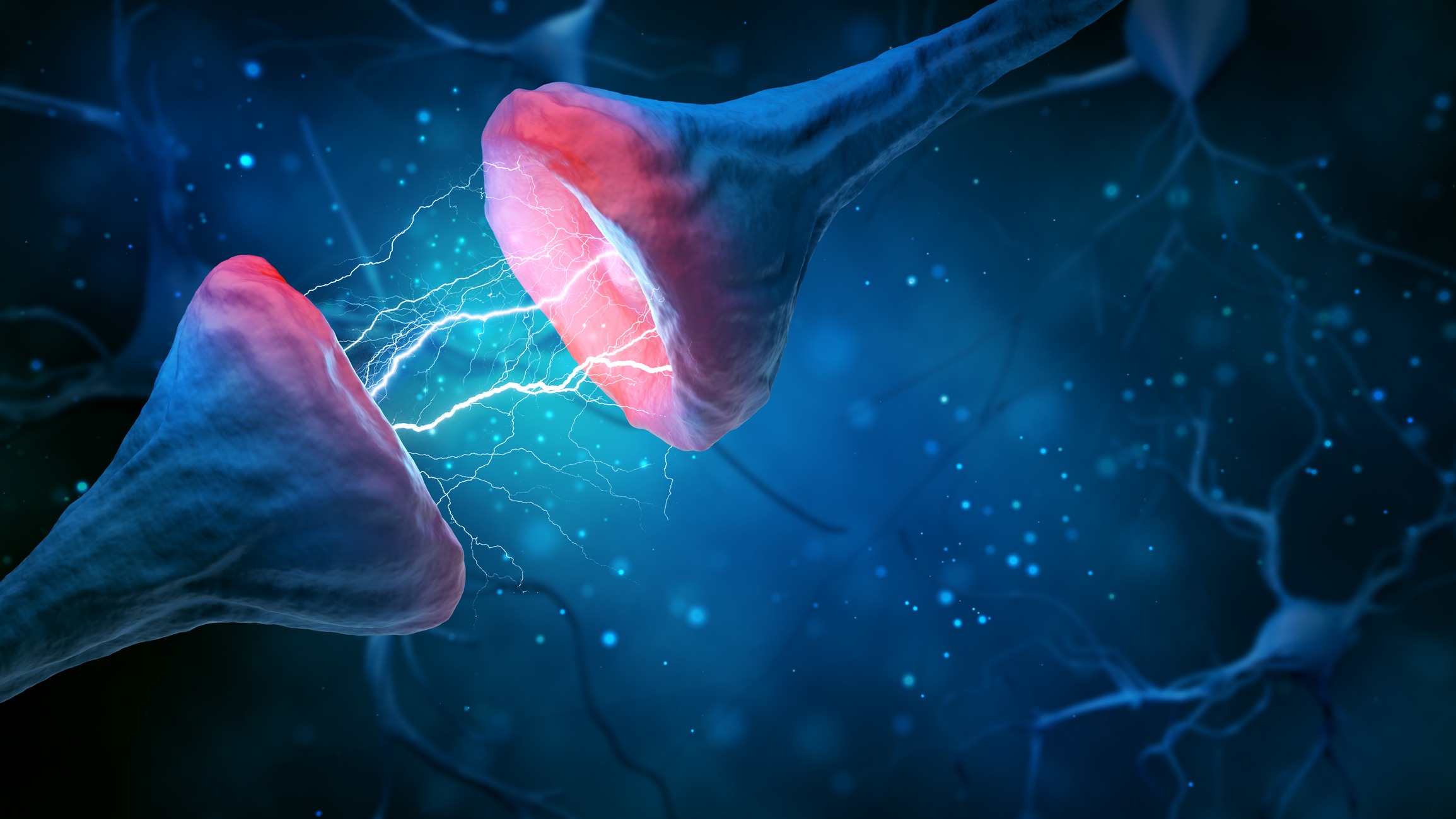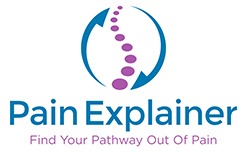Pain 101
Begins The
Course
Acute & Chronic Pain Actually Have Different Pathways
Acute Pain is short-term pain that can potentially lead to chronic pain. It is physiologically different from chronic pain.
There are two well-defined (spinothalamic) pathways, chiefly concerned with pain and temperature sensations:

The “slower” conducting (paleospinothalamic) pathway is involved in conveying the “dull/burning” pain that accompanies the later inflammatory reaction in the damaged tissue as well as temperature and crude touch information.

The “fast” conducting (neospinothalamic) pathway is involved in conveying the “sharp/cutting” pain elicited at the time tissue is damaged.
ReliefConnection.com
We are your CBD Connection. Seeking deep pain relief & support from the inside out? ReliefConnection.com is a trusted source for quality CBD products we believe can make a difference for people living with chronic pain and anxiety, seeking better sleep and supporting general wellness. Enter Code RELIEF10 for a discount at checkout!
Featured Resource
Why is knowing the type of pain so important?
Knowing the type of tissue causing pain is key to understanding what needs to be done to treat it, and to get an accurate diagnosis.
Remember, acute pain is not the same as chronic pain.
Different types of tissue produce different types of pain. And there are 12 different types of tissue in the body!
Each of the 12 types of tissue respond to different types of medication. And there are 11 categories of medication!
And then there are over 175 different receptors in the brain.
Narrowing down all of these options is the key to treating pain successfully. This is why it is critical to get the type of pain and the type of tissue correct at the outset.
A wrong turn early in the journey to diagnosis send us down the wrong path where we can get very lost and ultimately have to start over from the beginning, wasting time and energy.
Daily Spray
Daily Sprays give you the boost, energy, attentiveness, and sleep you need to be your best. Just six simple mists beneath your tongue are enough to deliver the benefits you need to meet the moment. Learn More.
Featured Resource

%
Misdiagnosed Chronic Pain
Did you know chronic pain is misdiagnosed 40-80% of the time?
%
Misdiagnosed Electric Shock Treatment
Victims of electric shocks are misdiagnosed a staggering 92% of the time.
%
Fibromyalgia is mistaken diagnosis
Fibromyalgia is the mistaken diagnosis 97% of the time! It has gone from a little-known condition to an overly relied upon diagnosis in a very short time.
On a typical doctor visit, time is not your friend.
These statistics reveal the average minutes of discussing medical history in a typical visit to the doctor.
Time discussing your history
How long the doctor speaks
How long you get...not long!
Know How Nerves and Pain Works, To Block The Pain

Pain is conducted through nerves. Nerves conduct the signals to the brain through two main pathways, one for acute pain and one for chronic pain. That’s why it’s so important to treat chronic pain differently from acute pain.
Nerves conduct signals in complex pathways that include tiny junctions called synapses. As the signal hits the synapses, chemicals are released to pass the signal across the synapse.
The chemicals are specific to the type of pain receptors that were stimulated. Inhibiting these transmission chemicals are the primary way most pain medications work.


